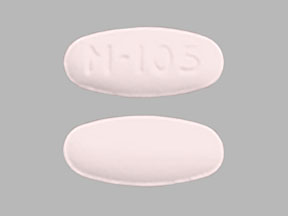Calcium/folic acid/ginger/pyridoxine and Alcohol/Food Interactions
There are 2 alcohol/food/lifestyle interactions with calcium / folic acid / ginger / pyridoxine.
Folic Acid Food/Lifestyle
Moderate Food Interaction
Consumer information for this interaction is not currently available.
MONITOR: Ethanol may increase folic acid elimination and folic acid absorption is decreased in chronic alcoholics. Excessive alcohol consumption may lead to folate deficiency.
MANAGEMENT: Monitoring of patient response to folic acid supplementation if they also consume alcohol regularly may be recommended.
Calcium Phosphate, Tribasic Food/Lifestyle
Moderate Food Interaction
Consumer information for this interaction is not currently available.
ADJUST DOSING INTERVAL: Administration with food may increase the absorption of calcium. However, foods high in oxalic acid (spinach or rhubarb), or phytic acid (bran and whole grains) may decrease calcium absorption.
MANAGEMENT: Calcium may be administered with food to increase absorption. Consider withholding calcium administration for at least 2 hours before or after consuming foods high in oxalic acid or phytic acid.
Switch to professional interaction data
Calcium/folic acid/ginger/pyridoxine drug interactions
There are 218 drug interactions with calcium / folic acid / ginger / pyridoxine.
Calcium/folic acid/ginger/pyridoxine disease interactions
There are 7 disease interactions with calcium / folic acid / ginger / pyridoxine which include:
- phosphate calcifications
- cardiac contraction/conduction
- malabsorption
- renal dysfunction
- sarcoidosis
- anemia
- malabsorption
More about calcium / folic acid / ginger / pyridoxine
- calcium/folic acid/ginger/pyridoxine consumer information
- Check interactions
- Compare alternatives
- Side effects
- Drug class: vitamin and mineral combinations
Related treatment guides
Drug Interaction Classification
| Highly clinically significant. Avoid combinations; the risk of the interaction outweighs the benefit. | |
| Moderately clinically significant. Usually avoid combinations; use it only under special circumstances. | |
| Minimally clinically significant. Minimize risk; assess risk and consider an alternative drug, take steps to circumvent the interaction risk and/or institute a monitoring plan. | |
| No interaction information available. |
See also:
Further information
Always consult your healthcare provider to ensure the information displayed on this page applies to your personal circumstances.


